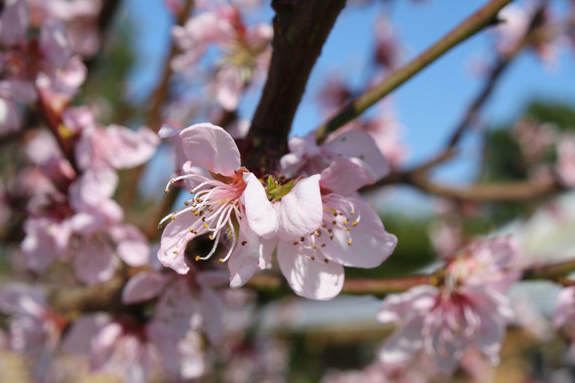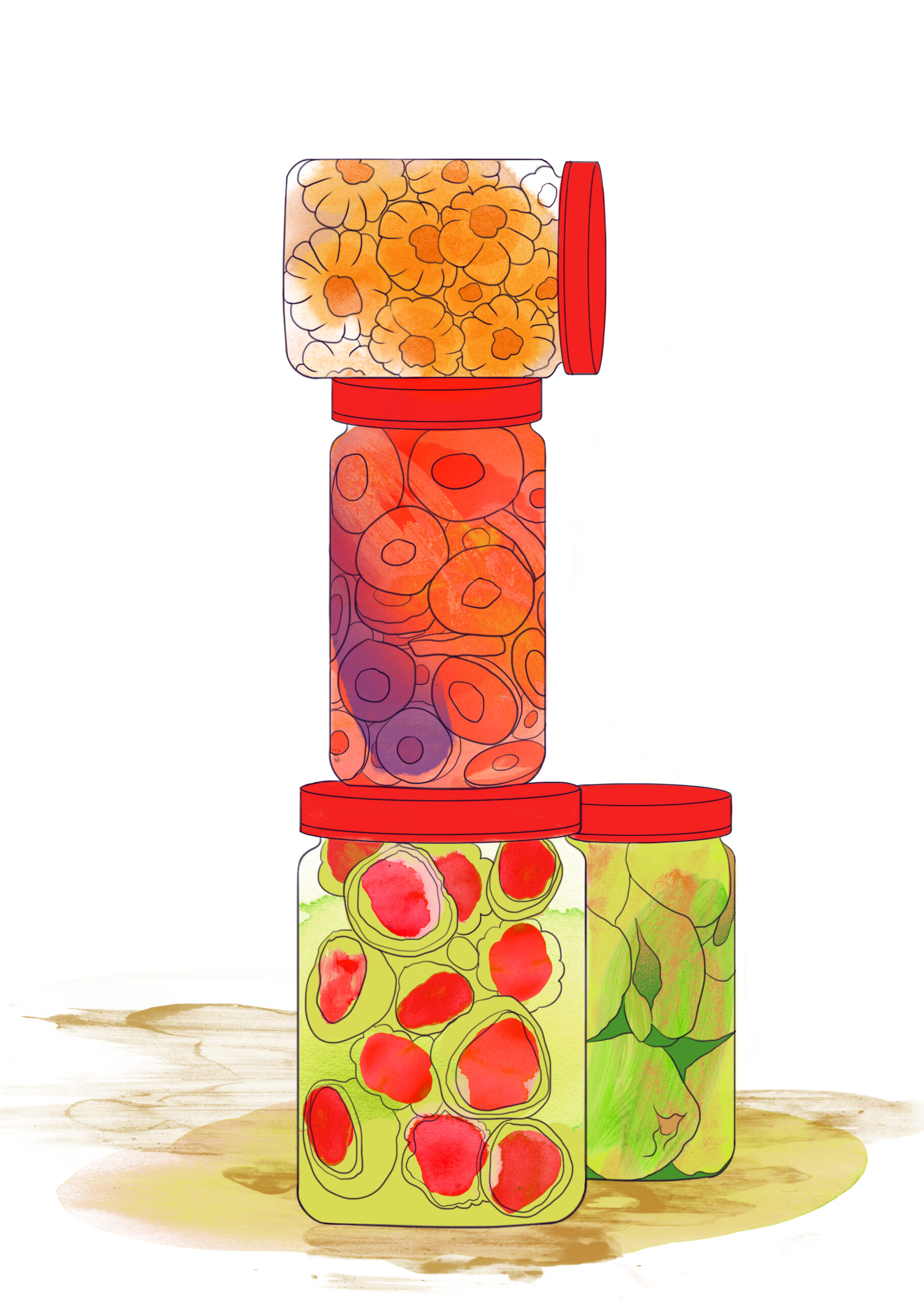Intercropping is the old-fashioned art of growing two or more crops together. Good’s gardening expert Kath Irvine explains how efficiencies gained in your garden make it an art worth mastering
Intercropping is the old-fashioned art of growing two or more crops together. Good’s gardening expert Kath Irvine explains how efficiencies gained in your garden make it an art worth mastering
Intercropping with Carrots
Carrots take about 70 days from seed to harvest – three weeks from sowing to germinating, another three weeks until thinning, and yet another three to four weeks before they’re fully grown. During this time they normally need lots of watering, weeding and protection from birds as the soil bed remains bare for six weeks or more.
Intercropping the carrot bed with fast-growing plants such as radish (30 days from seed to harvest), spinach (50 days from seed to harvest) or salad plants (two weeks after transplanting to harvest) will keep that bed productive until the carrots are ready. Instead of one long wait and one harvest, this veggie bed will now offer three or four staggered harvests.
Mixing your crops up like this also means less weeding and watering. The bigger seedlings keep the soil moist, beat out the weeds and protect up-and-coming seedlings from the extremes of weather and birds. The increased diversity of intercropped beds means less pests and greater resilience all round.
It takes time and thought to develop combinations that suit you. Ponder your unproductive beds to find cunning intercropping solutions!
Some suggestions to get you started:
• Dwarf beans (from seed) and brassicas (from seedlings)
– brassicas shelter beans and keep them moist, while beans (legumes) feed brassicas.
• Tomato seedlings among nearly finished peas – peas feed young tomatoes and protect them. When you’ve harvested all your peas, use them to mulch your tomatoes.
• Celery, salad plants and spinach – all three of these crops love moist, nitrogen-rich soil. Salad and spinach keep the soil mulched and finish off as the celery is nearly ready to eat.
Your gardening calendar
In January
The summer garden is demanding on your soil – full production under a hot sun is thirsty work! Adequate watering will make an enormous difference to the success of your crops. Combine this with regular liquid feeding and you’ll get your food garden through the hot months in good shape. See overleaf for more watering tips.
In February
February food gardeners are busy bees – I’m flat-out preserving the harvest, saving seeds and getting ready for the winter garden. If you want to be eating fresh veggies through autumn and winter you need to be getting your beds ready now.
It’s important to replenish your soil before the next lot of crops go in. Here are two ways to do this:
1. Recycle all that mineral-rich foliage back into your soil by making compost from grass clippings, crop residue and trimmings from nutrient-rich herbs such as comfrey, borage and yarrow.
2. Sow quick-turnaround greencrops to enrich soil before winter planting (see list below).
Thinking ahead
Don’t miss out this autumn or winter, start sowing cold-weather crops now:
• Cauliflower and brussels sprouts take a long time to mature,
so get these in as soon as you can.
• Sow a few broccoli and cabbage every fortnight for the next two months to get a staggered harvest.
• Keep up your monthly salad
plant sowings.
• Direct-sow loads of calendula and chamomile to feed beneficial insects through winter.
Great greencrops to grow:
• Alfalfa is a fast-growing cover crop with a big root system that mines for minerals. Though not a legume, this plant is a nitrogen fixer. It’s good for cleaning the soil after solanacae (such as potatoes or tomatoes) and to build up the soil before brassicas (such as broccoli or cabbage).
• Mustard is a great soil cleanser after tomatoes. It’s a brassica, so don’t use it before or after other brassicas.
• Phacelia (or honey flower) is a fast-growing greencrop, great as a quick filler for empty gaps and for feeding beneficial insects. Dig it in while the soil is still soft.
• Buckwheat has a deep taproot and accumulates potassium, making it useful before root crops. It’s also a good soil cleanser after brassicas or solanacae.
• Vetch is an old-fashioned herb that provides lots of nitrogen and is useful for improving poisoned or damaged soil.
Getting the most from your watering
How to water
Plants take up water through their roots, so don’t waste water by splashing it all over the leaves and above the mulch. Get water into the topsoil in a long slow soak. Try these ideas:
• Cut the bottoms off two-litre bottles, and push them upside down into the soil beside each plant. Fill these to the top with water and let them soak away.
• Lay leaky hose beneath your mulch. (Test it out first to make sure the water goes all the way to the end!) Buy leaky hose at Hunkin Garden Products (www.hunkin.co.nz) or use a saw or knife to make cuts in a length of old hose.
When to water
Always test the soil first so you’re only watering when you need to. If you have humus-rich soil, deep mulch and are intercropping, you’ll be amazed at how long your soil retains moisture. Test by sticking your finger in – perfect soil is barely moist (never soggy) to the end of your finger. How do you know when you’ve watered enough? Check it again!
• Seeds and new seedlings should
never dry out – a sprinkler system
is perfect.
• Encourage young plants to grow big strong roots by letting them dry out a little between waterings – but not enough to make them wilt!
• Once plants begin to flower and form fruit, aim to keep the soil consistently moist.
All veggies have different preferences for water,
and understanding this is part of your journey
as a food gardener.







